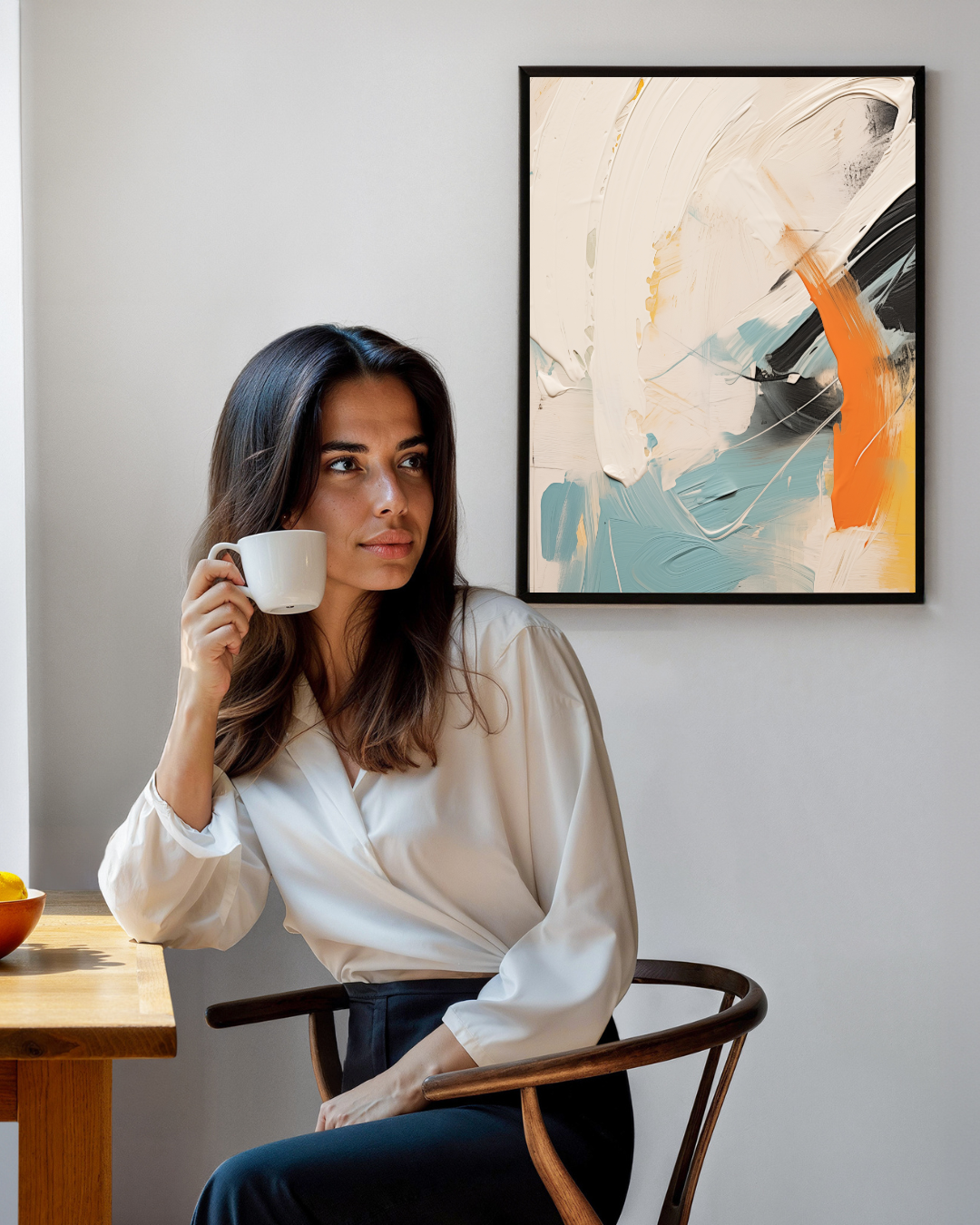
Wall decoration for small spaces: how to visually create more space
A small space requires a different approach when choosing wall art than a large wall. With the right choice and placement, art can actually help make a room appear larger or create more balance. In this blog post, you'll learn how to use wall art to visually create space without it feeling cluttered.
1. Choose one central artwork
Multiple small images can create clutter. A single, medium-sized work often provides a clearer overview and gives the room a clear focal point.
2. Light and calm colours
Artwork with light hues or subtle contrasts can make walls appear further away. Heavy or dark images can make a room feel smaller, unless deliberately used as an accent.
3. Vertical compositions for height effect
An elongated or vertically positioned artwork can make a room appear taller. This works well in rooms with low ceilings, such as hallways or compact bedrooms.
4. Minimum distance from furniture
Always leave sufficient space between the artwork and any furniture. For example, hang the artwork 20 cm above a table or sofa so it doesn't appear "stuck" to the furniture.
5. Use emptiness as part of the composition
Make sure the artwork isn't hung too close to the edges of the wall. Free space around it will make the artwork stand out better and enhance the sense of space.
6. Reflection and depth effect
Materials like plexiglass can add depth in the right light, but be aware of reflections in small spaces. Canvas and dibond usually produce a more subdued effect.
With the right balance of size, color, and placement, wall art can create a sense of calm and visual expansion, especially in small spaces. Choosing fewer pieces can be more effective here.

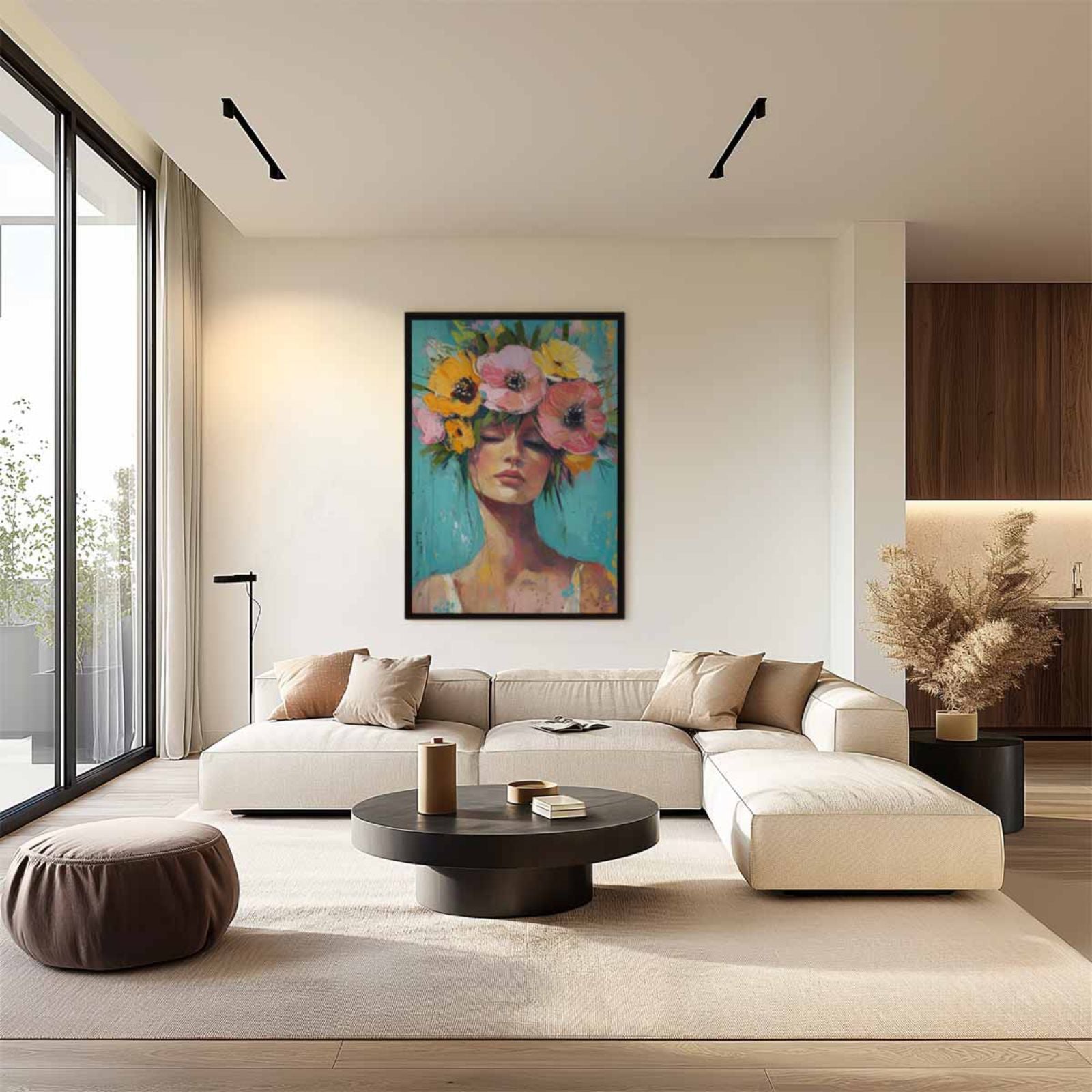


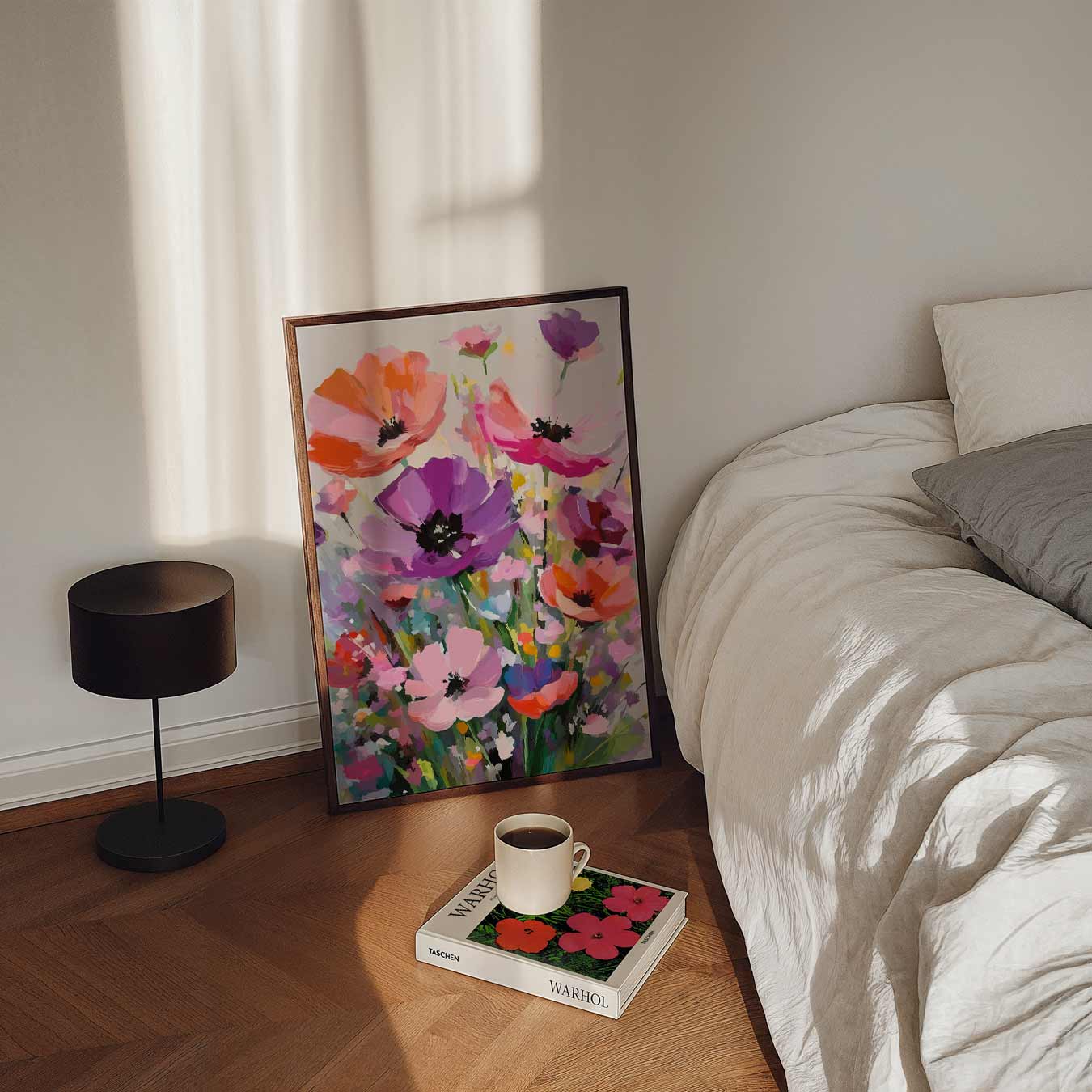

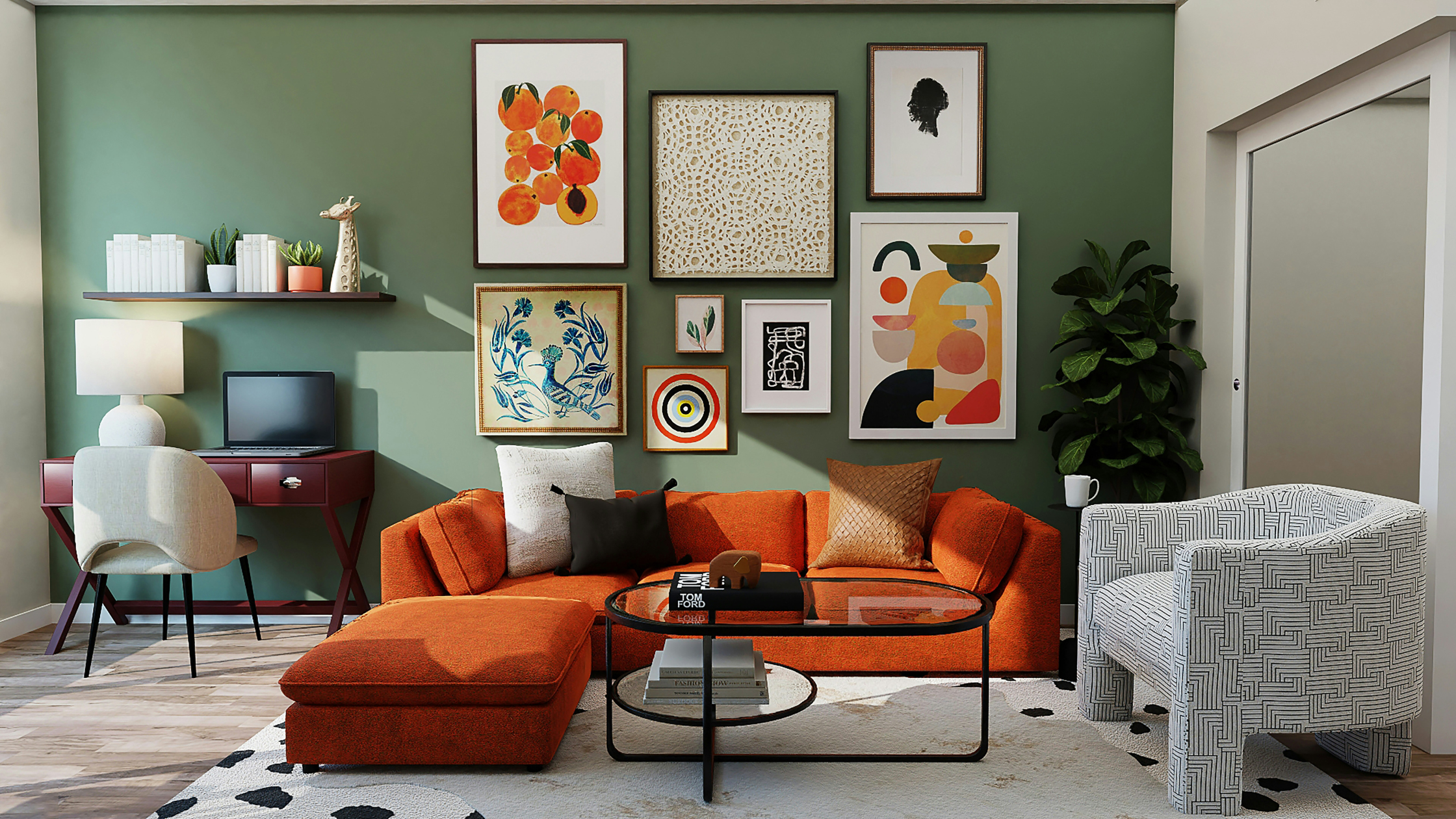
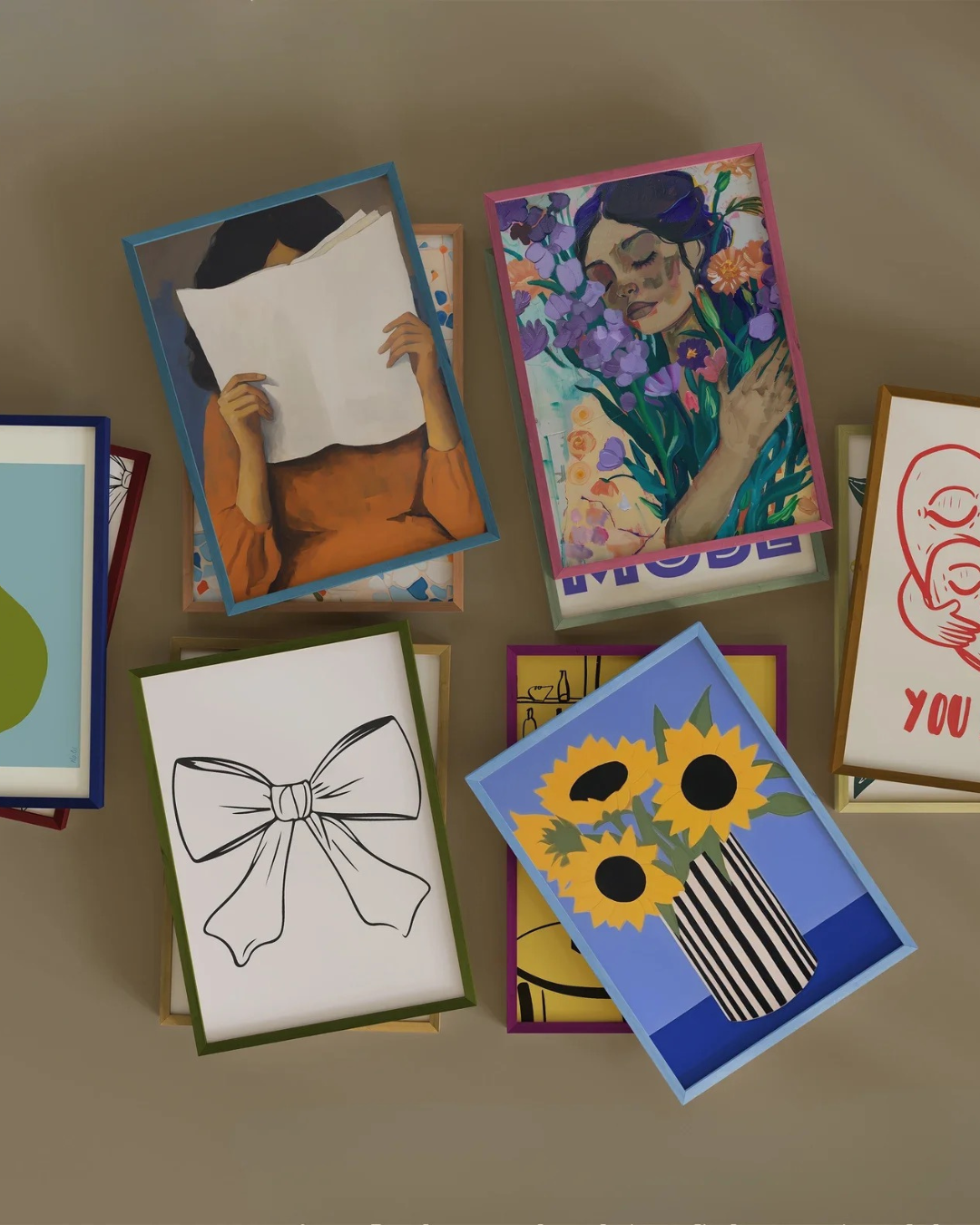
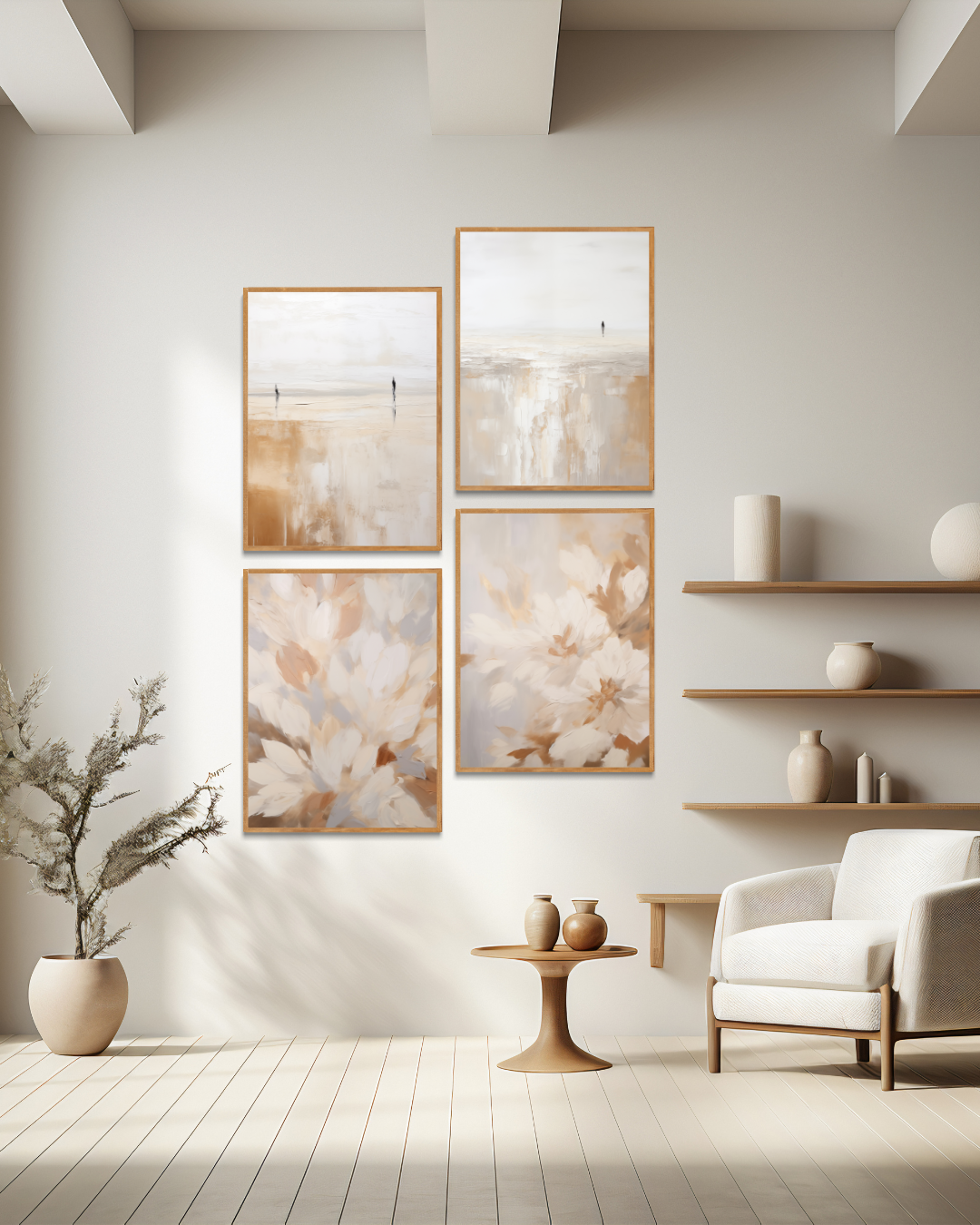
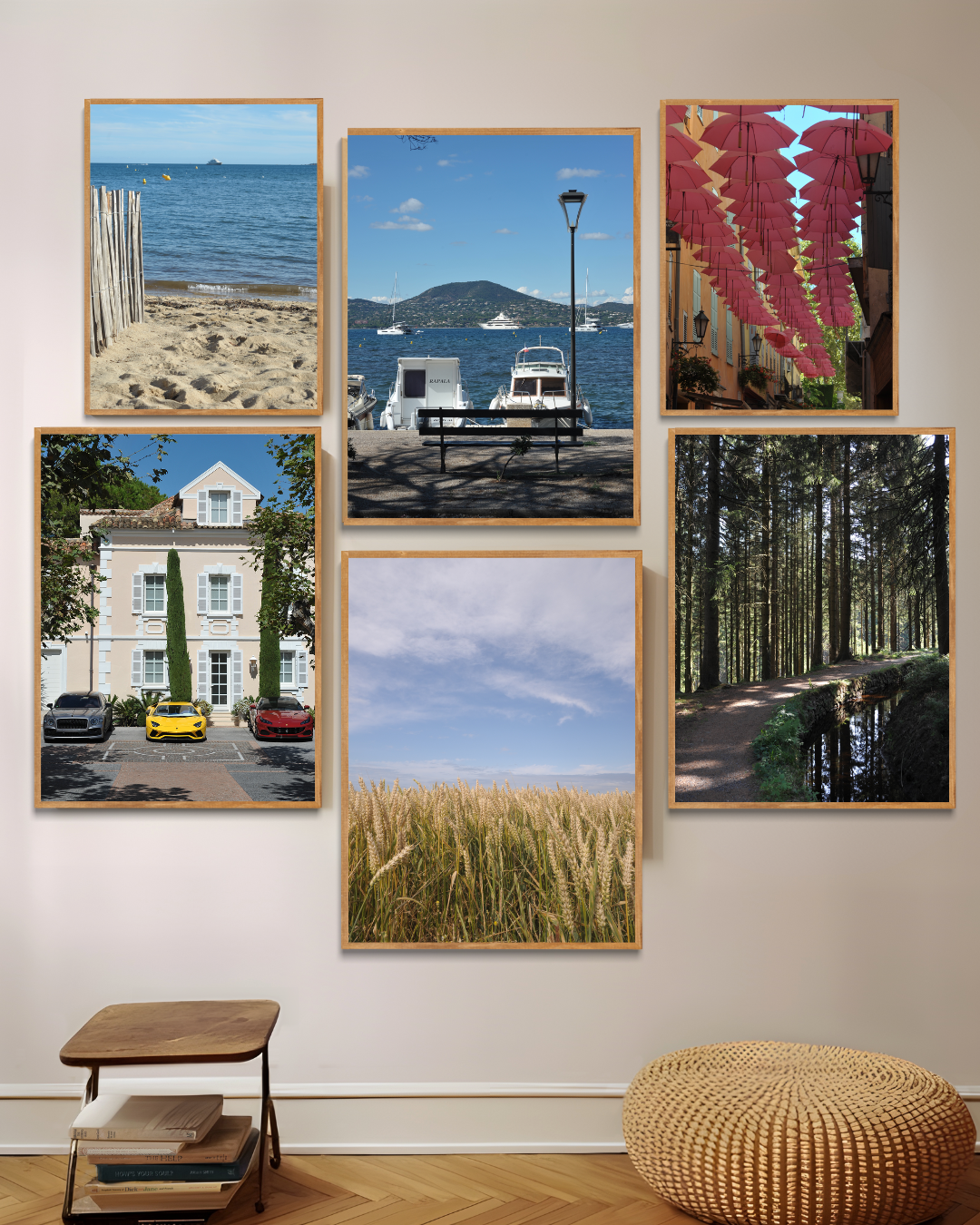
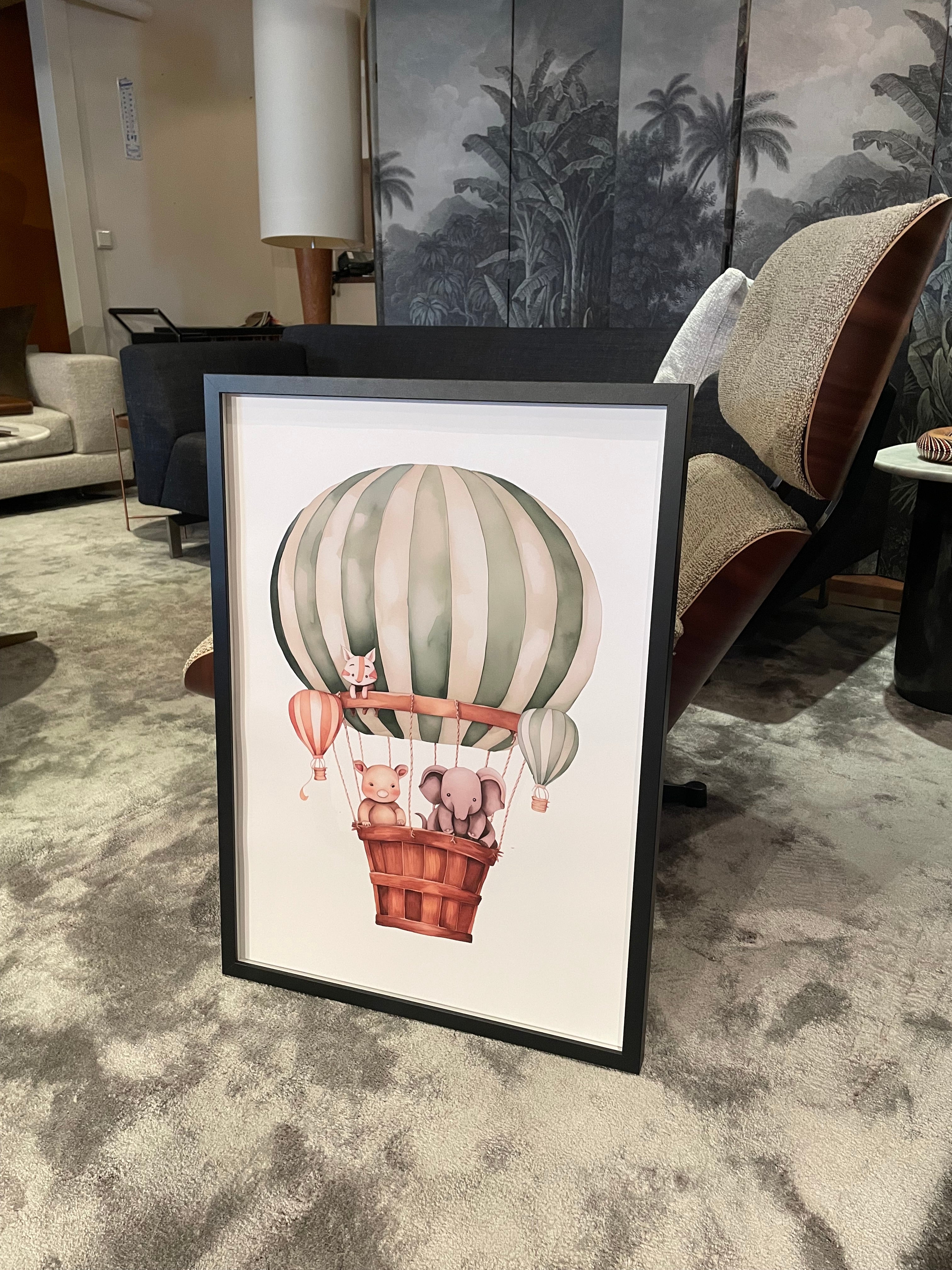
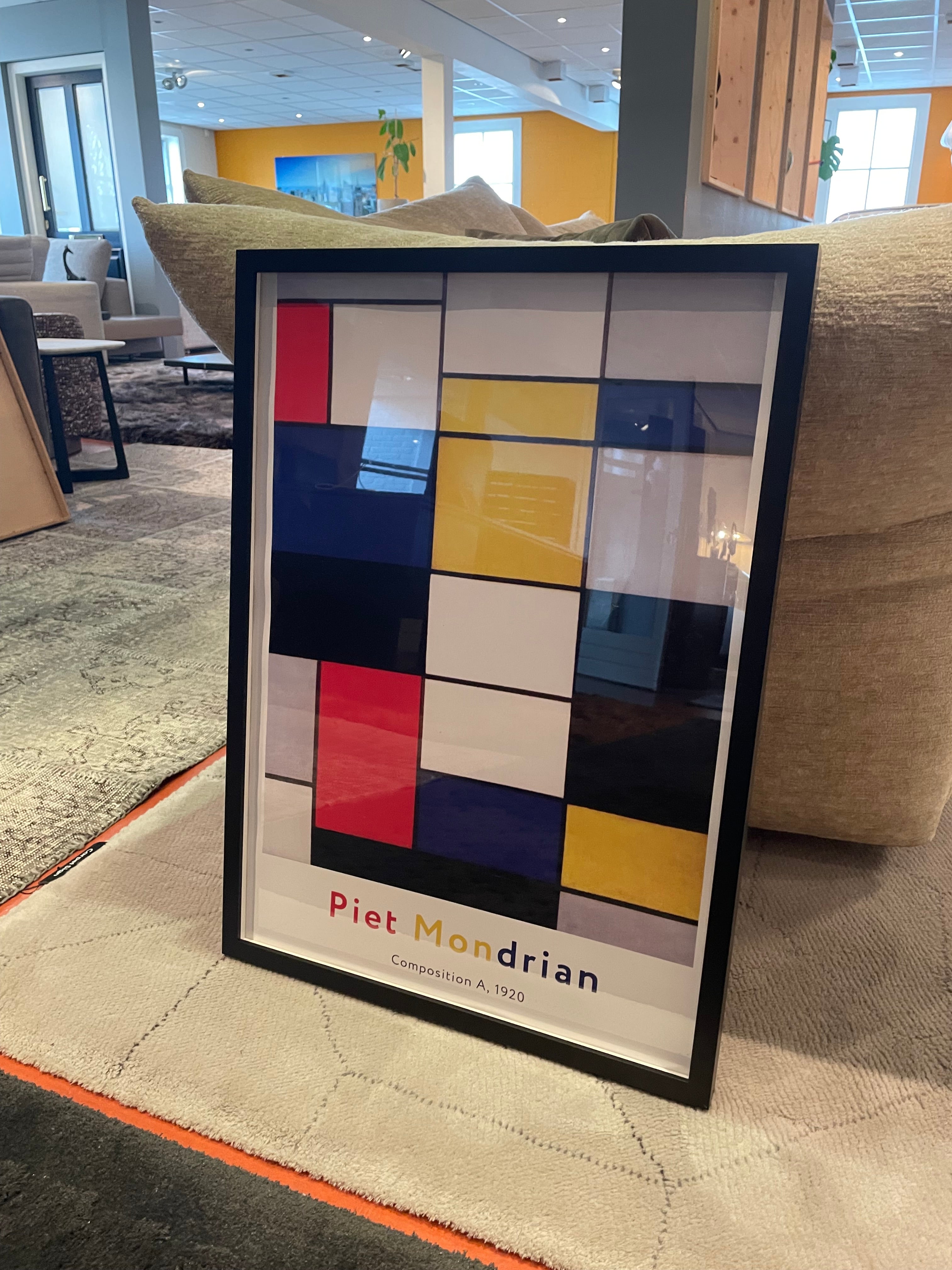
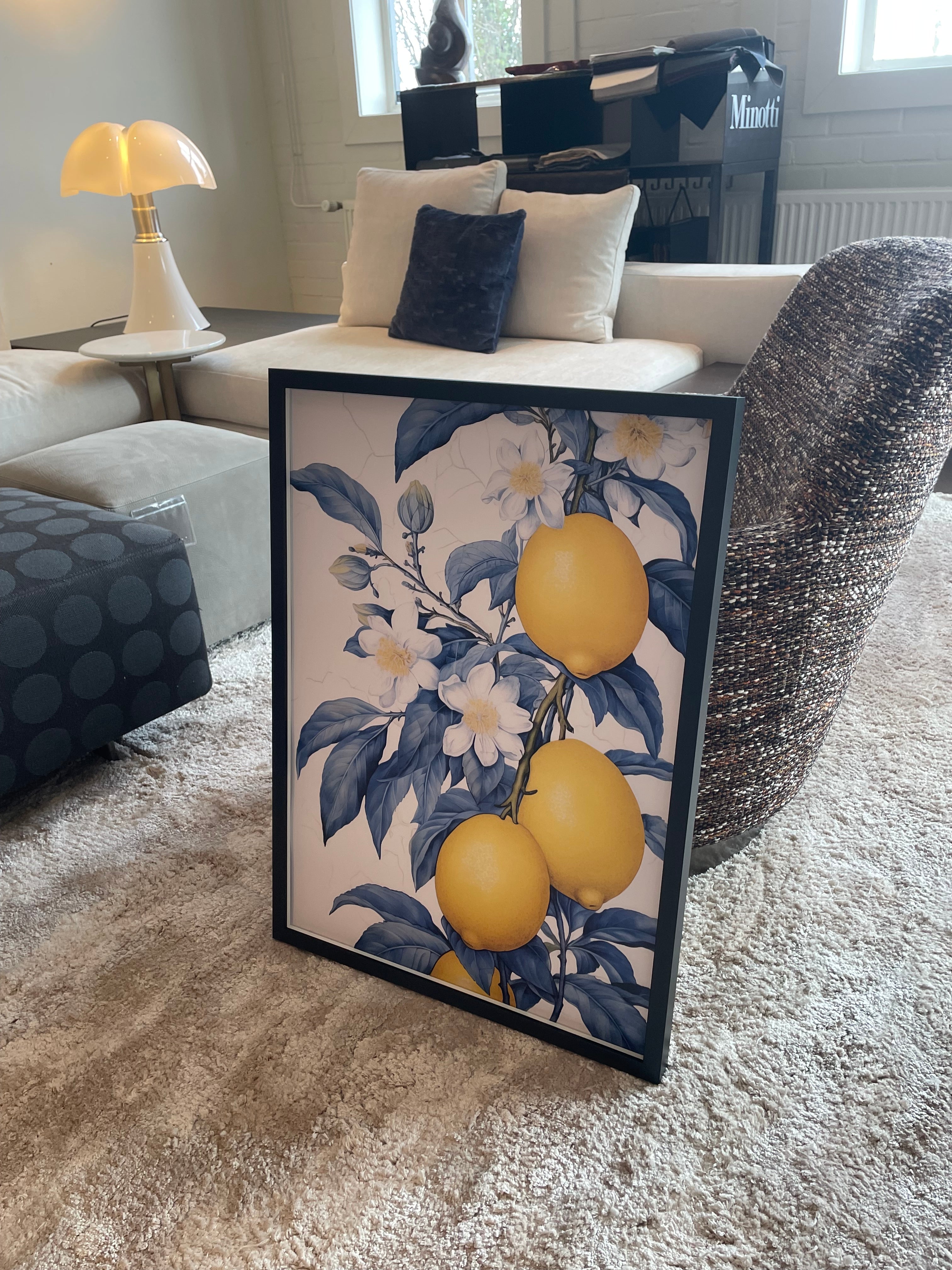
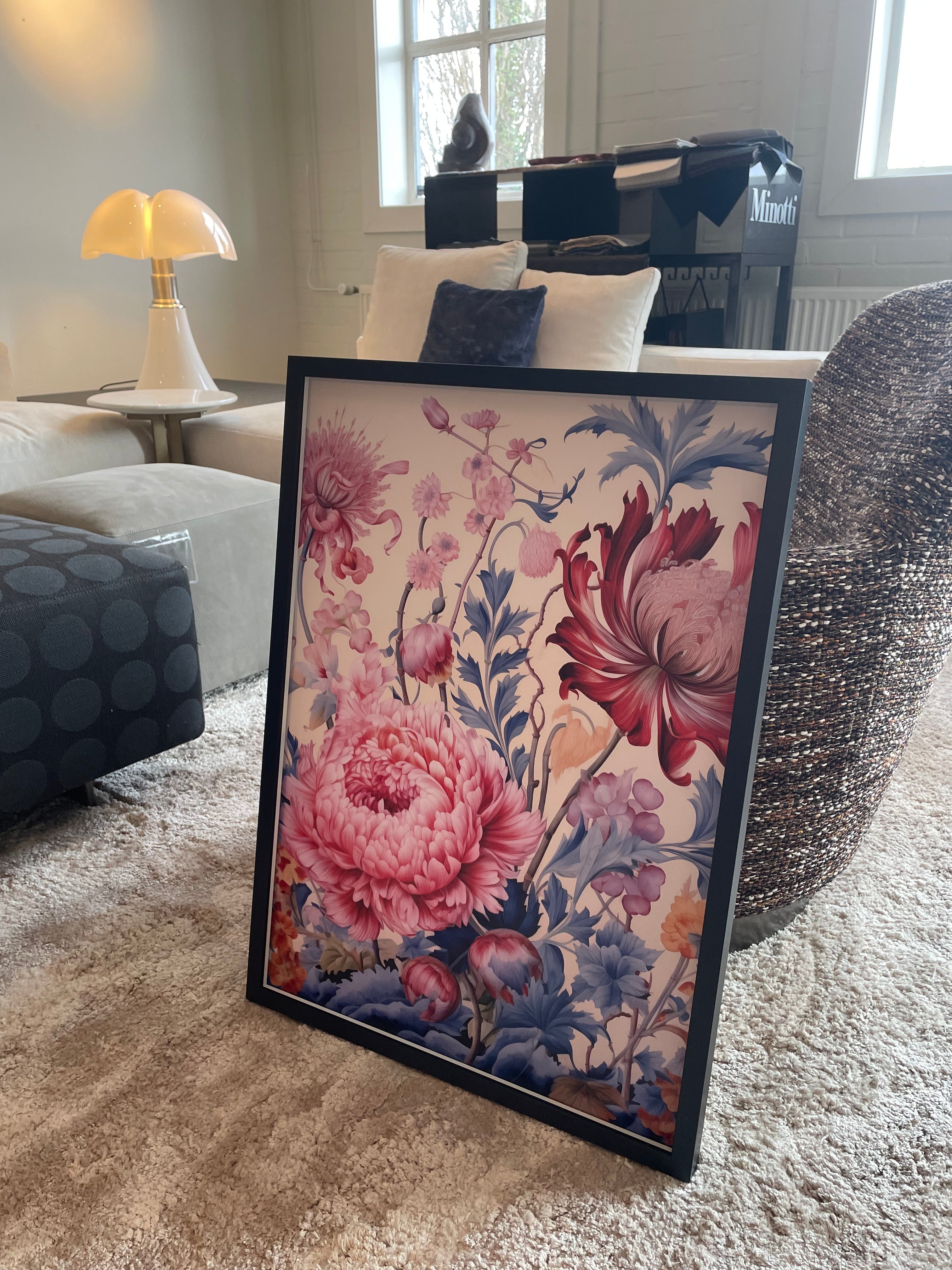
Leave a comment
This site is protected by hCaptcha and the hCaptcha Privacy Policy and Terms of Service apply.